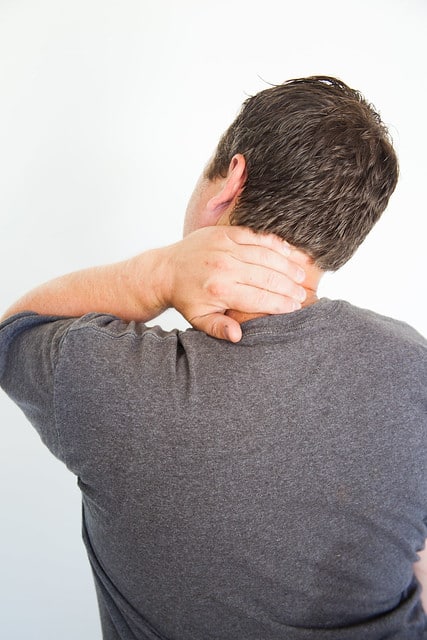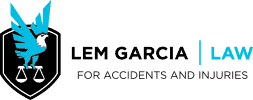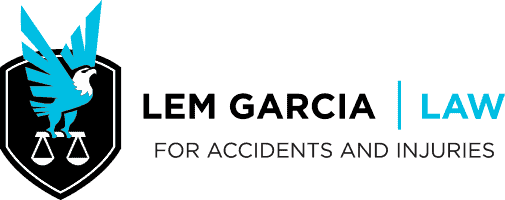The most common injuries in car accidents
Car accidents are an inevitable part of life in the Los Angeles area since car transportation is the primary means of getting around. According to the LAPD, there were 54,000 accidents reported in 2019. Injuries from a car accident can range from minor to serious, even though modern cars have significant safety features that can often help in prevention and protection. Though a doctor’s visit is the best way to diagnose a medical problem, here is a list of some common injuries that can result from a car accident.
Whiplash

Even when you wear your seatbelt, the impact of being hit in the rear of your car can cause your head to whip forward and injure your neck muscles. Similarly, if you rear-end another vehicle, the sudden jerk can force your head and neck into awkward and painful positions. Whiplash is an injury caused by these sudden back-and-forth movements, so named because it mimics the movement of a cracked whip.
Your neck is made up of bones, muscles, ligaments, and the discs between them. The whipping motion of an auto accident can injure any one of these, and sometimes you’ll feel pain in multiple ways. Patients with whiplash may feel symptoms such as:
- Stiffness in the neck or shoulders.
- Sharp or dull pain radiating to the upper back, shoulders, or arms.
- Pain that increases with movement.
- A decreased range of motion, like when you try turning side to side.
- Numbness or tingling down your arms or hands.
- Headache.
- Dizziness.
- Fatigue.
For a minor case of whiplash, symptoms can be treated with over-the-counter or prescription pain medications, ice and heat therapy, and rest and relaxation. These symptoms often subside in a few weeks.
Others might experience prolonged or chronic symptoms, with additional complications such as blurred vision, ringing in the ears, disrupted sleep, or depression. Additional treatments could include physical therapy, psychotherapy, or even surgery in the most serious cases.
Bone Fractures
You can experience broken bones from the impact of a collision or from being compressed or trapped in a crushed vehicle. Bone fractures can be incredibly painful and cause bruising. Some fractures can be set with casts, and other more serious fractures may require surgery to repair with pins or rods. Recovery time depends on the severity of the break and the treatment required to help it fully heal.
The most common bone fractures from a car accident include:
- Hands or fingers, from gripping the steering wheel.
- Wrist and arms, from impact with the dashboard or a window.
- Collarbone, one of the more fragile bones in your body.
- Face or skull, from windshield or steering wheel impact, especially without a seatbelt.
- Spinal, especially when your torso is jostled around, and your lower body remains immobile.
- Legs, ankles, and feet, especially if they get trapped under the dashboard.
- Hip or pelvis, especially if you are trapped or crushed.
Though fractures aren’t usually life-threatening, they can make it difficult to perform daily tasks like driving or working while the breaks are healing. You might need physical therapy to help regain former mobility and dexterity.
Disc Injuries
The disks in between your spinal vertebrae are highly prone to injury in a car accident. Sudden whipping movements can put tremendous pressure on the soft tissue and cause the bones to compress and injure the discs. These injuries are commonly referred to as a herniated disc, bulging disc, ruptured disc, or slipped disc. The two-layer disc has a softer, jelly-like middle with a thicker, rubber-like coating.
When it’s injured, the middle can bulge through a tear in the outer layer. Sometimes they can impinge on nearby nerves. Compressed nerves cause pain, weakness, and numbness in the arms or legs with or without movement. These injuries can be slow to heal and debilitating to your range of motion and lifestyle.
Disc injuries are frequently treated with physical therapy and medication for pain relief. In some cases, a herniated disc may require surgery if the symptoms are severely impacting your quality of life.
Ligament and Muscle Injuries
The sudden jerking movements of a car accident can cause minor to severe muscle and ligament injuries. When your body experiences an unexpected hit, your muscles may tense to try and help brace yourself. Sudden movements can cause pulling and tearing of hamstrings, back muscles, and hand tendons, and being thrown against the steering wheel or the console can leave you with pain anywhere. Sometimes you won’t feel the impact of that muscle injury until later when the inflammation and damage to your tissues becomes apparent.
Symptoms of muscle and ligament injuries include:
- Pain.
- Swelling.
- Cramping.
- Bruising.
- Redness.
- Muscle spasm.
- Decreased mobility.
- Weakness.
Treatment often includes rest, ice and heat therapy, medication to decrease inflammation and relieve pain, and possibly physical therapy if the muscle or ligament is damaged enough to impact your daily activities. Because they receive more blood flow, muscles typically heal more quickly than ligaments.
What Should You Do If You’ve Been Injured in a Wreck?
Your first visit should be to a medical professional. Don’t rely on internet searches or friends’ experiences to diagnose your problem. Some injuries caused by car accidents reveal their symptoms sometime later. You don’t want to dismiss anything as minor when it could manifest itself as a long-term problem.
With a diagnosis in hand, you can consider all your options for healing and compensation. An injury is not only painful and uncomfortable, but it can also dramatically alter your daily life. It can make it difficult or impossible to perform your job or take away your ability to drive for a period of time.
If you’re feeling ready to see what comes next, contact Lem Garcia Law to learn how we can help. We promise to return your call, text, or email within 24 hours. If you can’t come to us, we will come to you wherever it’s most comfortable and convenient. Pain and injury can feel isolating and stressful, but with Lem Garcia Law on your side, you’re never alone.Â


